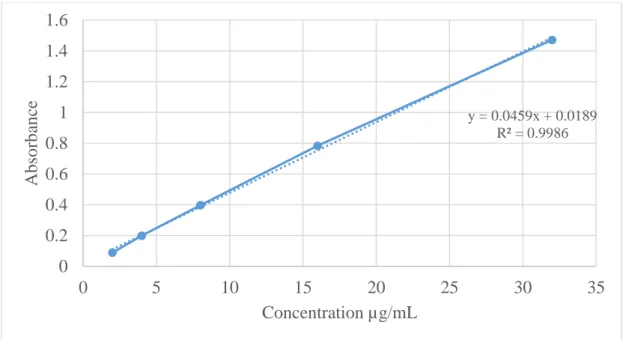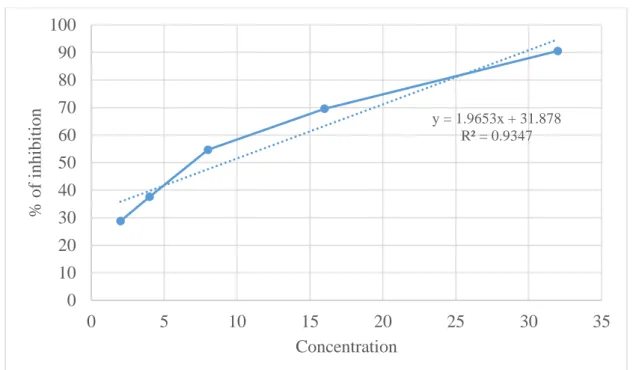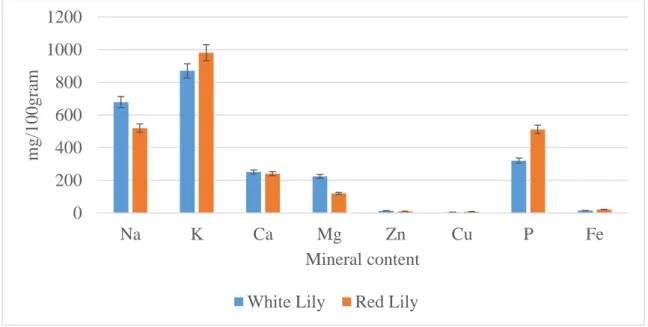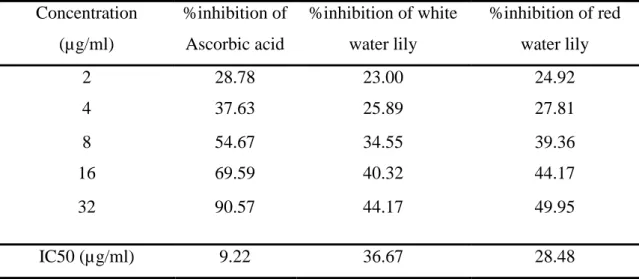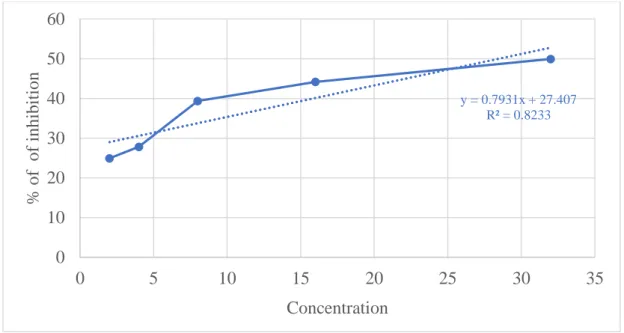I further authorize CVASU to reproduce the thesis in whole or in part by photocopying or otherwise, at the request of other institutions or individuals, for the purpose of scientific research. First and foremost, from my deepest sense of gratitude, I would like to express my gratitude to “Almighty Allah”, whose blessing has enabled me to complete the thesis for the degree of Masters of Science (MS) in Applied Human Nutrition and Dietetics. His expertise, valuable guidance, constant encouragement, affectionate attitude, understanding patience and healthy criticism added significantly to my experience.
I also offer my special gratitude and heartfelt thanks to my beloved co-supervisor Mohammad Mozibul Haque, Assistant Professor, Department of Applied Food Science and Nutrition, CVASU, for his guiding support and wholehearted cooperation during my research work. I owe my special thanks to the Director and the scientists associated with this research work of the Poultry Research and Training Center (PRTC) and Department of Applied Food Science and Nutrition, Department of Fisheries and Post-Harvest Technology, Department of Microbiology and Veterinary Public Health, Department for Physiological Biochemistry and Pharmacology, CVASU for their constant inspiration and friendly cooperation in carrying out the research activities precisely in these laboratories. Finally, I would like to express my deep gratitude and heartfelt thanks to my dear family, friends and well-wishers for their cooperation, cheerfulness and inspiration during the study.
I gratefully acknowledge my beloved parents for their understanding, inspiration, moral support, kindness and blessings, tolerance and endless love to complete my studies.
Introduction
Free radicals can cause oxidative stress, a process that can cause cell damage (Tsay and Agrawal 2005). However, there are only limited studies focusing on the nutritional composition, antioxidant and phytochemical activity of water lily stems. Therefore, the present study was conducted to determine the nutritional composition, phytochemical and antioxidant activity of water lily stem extract.
Even though people in Bangladesh eat the water lily as a vegetable without knowing its nutritional and medicinal value. Therefore, the main purpose of this study is to let people know about the nutritional and medicinal importance of water lily.
Review of Literature
Overview of water lily
- Nymphaeaceae Spp. Family
- Nymphaea nouchali (White water lily)
- Nymphaea rubra (Red water lily)
Some varieties have white, purple, mauve or fuchsia-colored flowers, hence the name red and blue water lily. The flower has four or five sepals and 13-15 petals that have an angular appearance, giving the flower a star-shaped appearance from above. The leaf spectacle is called heterophyll, which means that the leaves that are below the water surface look different from the leaves that are on the water surface.
The leaves on the surface of the water are first reddish than dark green toothed at the leaf edge. If you don't like having flowers, you have to remove the leaves on the surface. The flowers show protogyny, which means that the female organs first become fertile and the next day pollen is released.
Nutritional value and medicinal properties of water lily
The powdered root is used to repel ringworm, and the root paste in lemon juice is used to treat pimples (Lestari et al., 2016). Different classes of phytomolecules such as alkaloids, glycosides, flavonoids, glycosides, hydrolyzable tannins, lignans, phytosterols and triterpene saponins are present in different species of the genus Nymphaea (Premier, 2002). Flavonoids such as anthocyanins, flavonols and flavones have been described and present as a flavonoid glycoside with different glyconic moieties among different species of the genus Nymphaea.
Nymphajol (25, 26-dinorholest-5-en-3b-ol), a new sterol, was isolated from a sequential chloroform extract of the flower. Astragalin, corilagin, gallic acid, gallic acid methyl ester, isokaempferide, kaempferol, quercetin-3-methyl ether, quercetin, 2,3,4,6-tetrao-galloyl dextroglucose and 3-o-methylquercetin-3'-o-beta dextroxylpyranoside was identified in the flowers. An HPTLC method for the quantitative determination of gallic acid from a hydroalcoholic extract of dried flowers has been reported (Evans, 2009).
Antioxidant properties of water lily
An antioxidant is a molecule that prevents the oxidation of other molecules and to stability, the oxidative state, animals and plants maintain complex systems of overlapping antioxidants, such as glutathione and enzymes produced internally or vitamins A, C and E obtained through intake . Phytochemicals such as phenolic acids, polyphenols and flavonoids can scavenge free radicals and lead to inhibition of oxidative mechanisms responsible for many diseases in humans. Antioxidants are widely used in dietary supplements and have been investigated for the prevention of diseases such as cancer or coronary heart disease (Tosun et al., 2012).
A polyphenol is a type of antioxidant that contains a polyphenolic substructure and numbers more than 4,000 different species, many of these compounds have antioxidant activity in vitro, but are unlikely to have antioxidant roles in vivo (Wasagu et al., 2015 ).
Materials and Methods
- Study period
- Sample Collection
- Sample Preparation
- Nutritional composition of the sample
- Protein analysis
- Determination of Moisture content
- Determination of ash content
- Crude fat determination
- Crude Fiber Determination
- Determination of total carbohydrate
- Mineral analysis
- Determination of Phytochemical
- Total flavonoid content determination
- Determination of total phenol content
- Test for Tannin
- Determination of Antioxidant activity
- Statistical analysis
Principle: Moisture determination is one of the most important and most used measurements in food processing and testing. Moisture content was determined using the standard procedure of the Association of Official Analytical Chemists (AOAC, 2005). AOAC (2005) methods using a soxhlet apparatus were used to determine the crude fat content of the samples.
Crude fiber % = Weight of residue with crucible - Weight of ash with crucible Weight of the sample (moisture and fat free) 3.4.6 Determination of total carbohydrate. Preparation of standard quercetin solution: About 10 mg of quercetin was dissolved in 10 ml of distilled water. Then 10 ml of 20% sodium carbonate was added to the mixture and left for one hour at room temperature for incubation.
Gallic acid standard curve was used to quantify the total phenolic content and the results were expressed as mg gallic acid equivalent (GAE) per grams dry weight. After boiling, filter the contents of the biker through the normal filter paper to remove the residue and collect the watery extracted pod into the biker. The same amount of the extracted aqueous was taken in another test tube for comparison of the color change.
Then drop a few drops of 5% strong chloride solution into one test tube, if the color of the extracted changes to dark green, than it contains condensed tannin and dark blue color, it is tannin that can be hydrolyzed (Buzzini et al., 2008). The DPPH radical scavenging capacity of the test samples was determined by the method as described in (Nariya et al., 2013). The absorbance of the solution was then measured at 517 nm using a UV-Vis spectrophotometer against a blank.
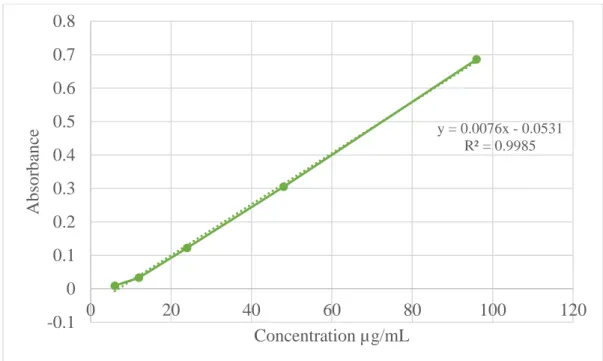
Results
- Nutritive value of water lily
- Mineral content of water lily
- Phytochemical composition of water lily
- Total phenol content
- Total flavonoid content
- Antioxidant activity
- DPPH activity of water lily
The lotus of the two species gave a positive result during the examination of saponin and tannin. The results for DPPH free radical scavenging activity of methanolic extracts of white and red water lily are presented in Table 4.5. In contrast, the free radical IC50 value achieved was 36.67 and 28.48 μg/ml for white and red lily respectively.
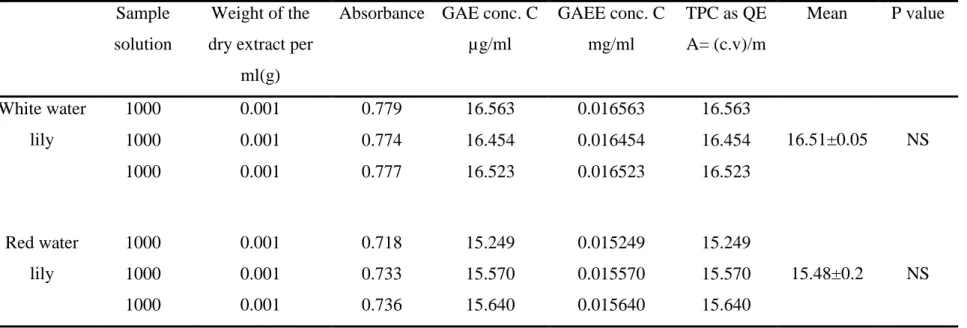
Discussions
Nutritional composition of water lily
Mineral content of water lily
Potassium and sodium are very crucial electrolytes for the human body to regulate normal blood volume and maintain normal blood pressure. Increased potassium intake and low sodium intake reduce the risk of cardiovascular disease (Lavid et al., 2001). This study showed high calcium and magnesium levels in both species, with calcium levels averaging 250 mg/100 g and magnesium levels 220 mg/100 g.
Both calcium and magnesium levels are three times higher than the calcium and magnesium found in species N. Iron is another important mineral for us to maintain hemoglobin levels and to reduce the number of anemic patients, especially pregnant mothers in developing countries like Bangladesh. Iron is an essential part of many enzymes and the proteins and helps red blood cells to transport oxygen to all parts of the human body.
It helps the muscles and nerves function normally and also helps regulate the heart rate, supports the immune system and keeps bones strong (Weinblatt, 2016). The water lily contains a moderate amount of iron (15.25 and 20.95 mg/100 g in white and red varieties), which is higher than some other vegetables consumed as curry by rural residents, such as cauliflower, cabbage, okra, pumpkin, etc.
Phytochemical compound of water lily
This variation can occur due to the salinity difference in the water where it was raised. According to several reports in the literature, phenolic compounds exhibit free radical inhibition, peroxide degradation, metal inactivation or oxygen scavenging in biological systems and prevent oxidative disease burden (Bendary et al., 2013). Both species of water lilies contain a similar amount of flavonoids, which averaged around 7.5 mg Quercetin equivalent/g.
Like vitamins, these compounds are not produced endogenously by the body and must be supplied either through the diet or supplements (Sakihama et al., 2002). Plant-based foods are also rich in saponin, which cannot be found in meat and dairy products. Studies have illustrated the beneficial effects on blood cholesterol levels, cancer and stimulation of the immune system (Baehaki et al., 2015).
Both types of water lily showed a positive screening test for tannin and saponin, which are denatured during the heating process. The DPPH radical scavenging effects of antioxidants are believed to be due to their hydrogen donating ability (Binsan et al., 2008). Antioxidant activity could protect biological systems from damage associated with oxidative stress in human diseases (Misra et al., 2009).
So, both types of water lilies can be used as a rich source of antioxidants in therapeutic diet as well as medical industries.
Conclusion
Recommendation and Further Perspective
Phytochemical screening and antioxidant activity of seed extract of aquatic plant nymphaea stellata and nelumbo nucifera. Evaluation of nutritional composition of water lily (Nymphaea lotus Linn) from Tatabu Floodplain, north central Nigeria. Total flavonoid content and biochemical screening of the leaves of tropical endemic medicinal plant merremia borneensis.
Effects of seed priming on antioxidant activity and germination characteristics of maize seeds under different aging treatments.
